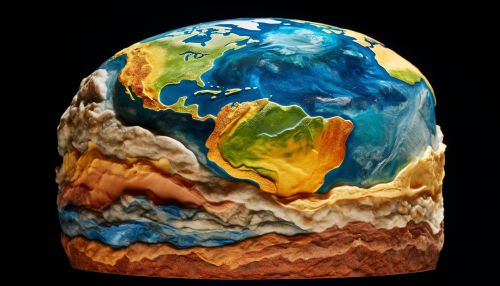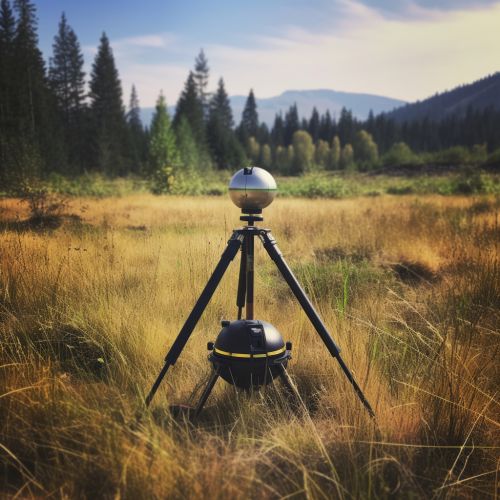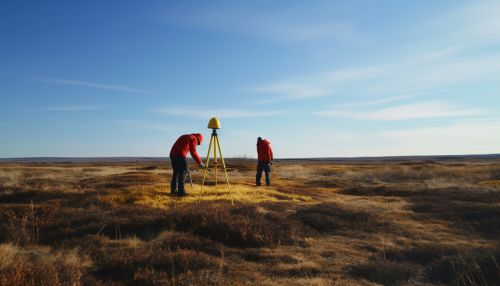Role of Geophysics in Climate Change Analysis
Introduction
Geophysics, a branch of Earth science, plays a crucial role in the analysis of climate change. This discipline applies the principles of physics to the study of the Earth and its environment, providing a quantitative understanding of natural phenomena and the changes that occur over time.


Understanding Geophysics
Geophysics involves the study of the physical properties and processes of the Earth and its surrounding space environment. It uses quantitative methods to analyze the data collected from the Earth's interior, surface, and atmosphere, as well as from the sun and outer space. Geophysics includes sub-disciplines such as seismology, geodesy, geomagnetism, and geochemistry, each of which contributes to our understanding of climate change.


Geophysics and Climate Change
The application of geophysics to climate change analysis involves the use of various techniques and methods to study and understand the Earth's climate system. This includes the analysis of past and present climate conditions, prediction of future climate scenarios, and the assessment of potential impacts and risks associated with climate change.


Paleoclimatology
Paleoclimatology, a sub-discipline of geophysics, involves the study of past climates. By analyzing the Earth's historical climate data, scientists can understand the patterns and trends of climate change over time. This information is crucial for predicting future climate scenarios and assessing the potential impacts of climate change.
Seismology and Climate Change
Seismology, another sub-discipline of geophysics, also plays a role in climate change analysis. Seismic data can provide information about the Earth's interior, which can help scientists understand the processes that contribute to climate change. For example, seismic data can provide information about the movement of tectonic plates, which can affect climate patterns.


Geodesy and Climate Change
Geodesy, the science of measuring and understanding the Earth's geometric shape, orientation in space, and gravity field, also contributes to climate change analysis. Geodetic data can provide information about sea level changes, ice mass balance, and other factors that are critical to understanding climate change.


Impacts of Climate Change
The impacts of climate change are vast and varied, affecting different aspects of the Earth's system. These impacts include changes in temperature, precipitation patterns, sea level rise, and the frequency and intensity of extreme weather events. Understanding these impacts is crucial for developing strategies to mitigate and adapt to climate change.


Conclusion
Geophysics plays a crucial role in climate change analysis by providing the tools and techniques necessary to understand the Earth's climate system. The data and insights gained from geophysical research contribute significantly to our understanding of climate change and its impacts, helping us to develop effective strategies for mitigation and adaptation.


